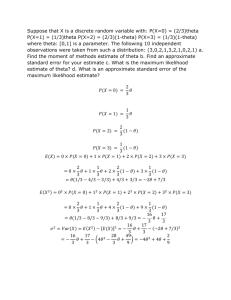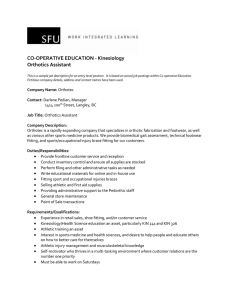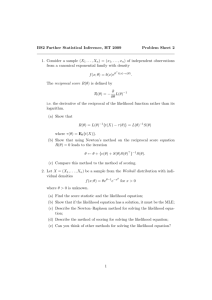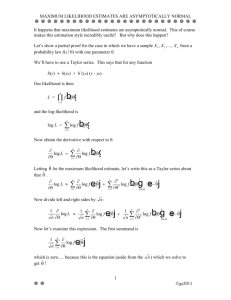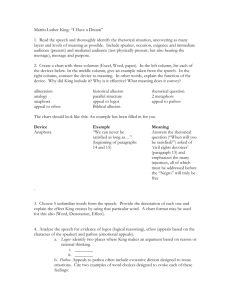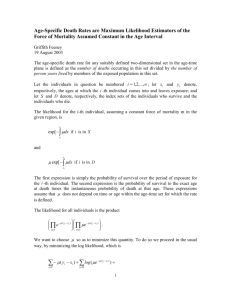A Heteroscedastic Measurement Error Model for Method
advertisement
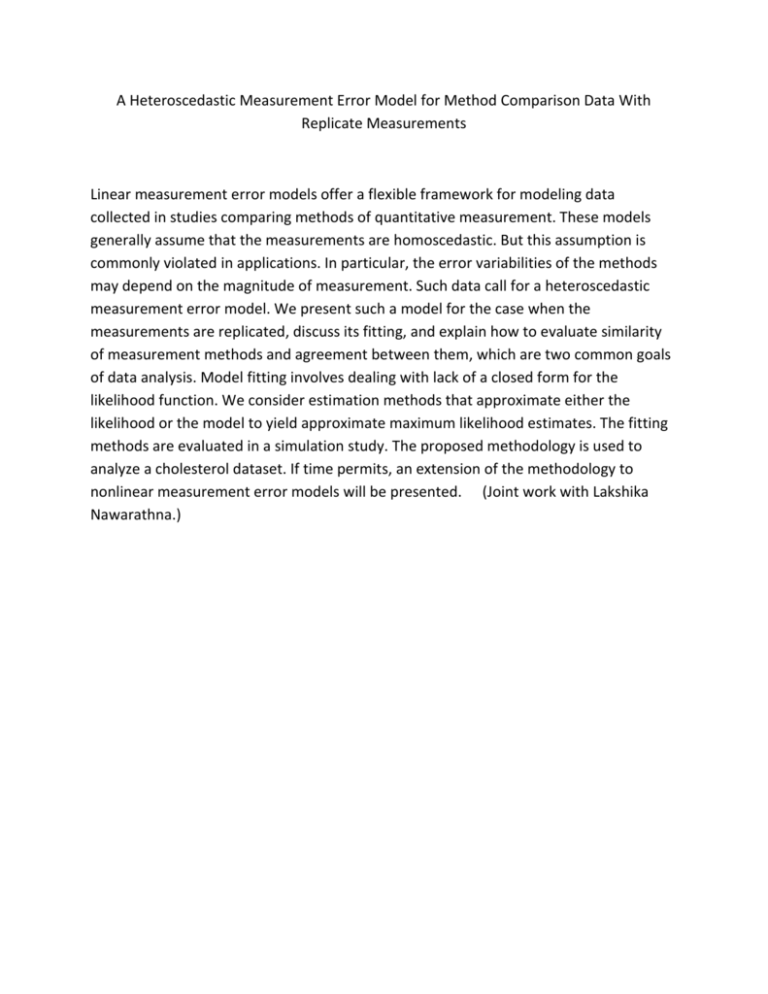
A Heteroscedastic Measurement Error Model for Method Comparison Data With Replicate Measurements Linear measurement error models offer a flexible framework for modeling data collected in studies comparing methods of quantitative measurement. These models generally assume that the measurements are homoscedastic. But this assumption is commonly violated in applications. In particular, the error variabilities of the methods may depend on the magnitude of measurement. Such data call for a heteroscedastic measurement error model. We present such a model for the case when the measurements are replicated, discuss its fitting, and explain how to evaluate similarity of measurement methods and agreement between them, which are two common goals of data analysis. Model fitting involves dealing with lack of a closed form for the likelihood function. We consider estimation methods that approximate either the likelihood or the model to yield approximate maximum likelihood estimates. The fitting methods are evaluated in a simulation study. The proposed methodology is used to analyze a cholesterol dataset. If time permits, an extension of the methodology to nonlinear measurement error models will be presented. (Joint work with Lakshika Nawarathna.)


